Stories
-
In NASA’s “Gravity Assist” podcast, Jim Green, the agency’s director of Planetary Science, recalls his time as student under James Van Allen, the University of Iowa physicist who developed the science experiment that flew on the U.S.’s first successful satellite, Explorer 1. Green recounts some of the “secrets” behind Explorer 1 (what did that “UE” on the casing mean?), and how the discovery of what’s now called The Van Allen Belts has affecting space science. Listen to the podcast here.

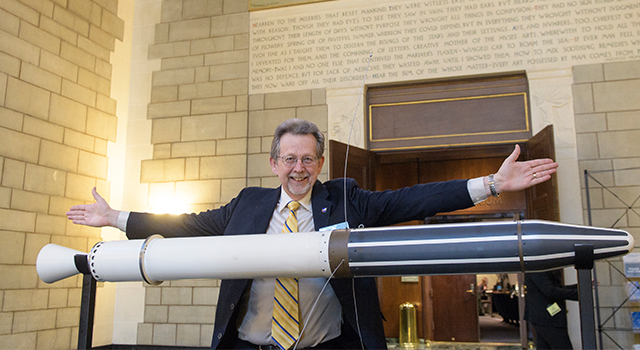
Remembering Explorer 1 and James Van Allen
Remembering Explorer 1 and James Van Allen -
Nobel Prize winner John C. Mather, a senior astrophysicist in the Observational Cosmology Laboratory at NASA's Goddard Space Flight Center, recalls discovering the cosmic microwave and infrared background light that comes from the distant universe. It came to be known as precision cosmology, and was called the most important scientific discovery of the century -- and possibly all time -- by Stephen Hawking.

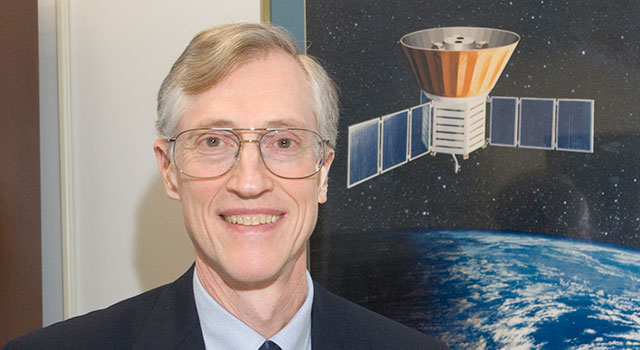
Measuring the Big Bang with the COBE satellite
Measuring the Big Bang with the COBE satellite -
Nancy Grace Roman, the first chief of astronomy of the newly formed NASA’s Office of Space Science, describes what it was like to develop the large space telescope known as Hubble, and how NASA pushed back against lawmakers who called the expense “frivolous.”

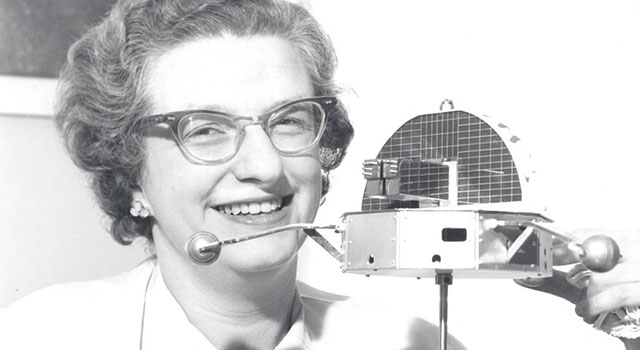
The Gestation of the Hubble
The Gestation of the Hubble -
From a little girl watching Sputnik pass overhead, to being program scientist for NASA’s Hubble Space Telescope, and the first female program scientist for the James Webb Space Telescope, Stratospheric Observatory for Infrared Astronomy (SOFIA), Gravity Probe B, and other astrophysics flight missions, Hashima Hasan recounts how she followed her dream of scientific adventure.

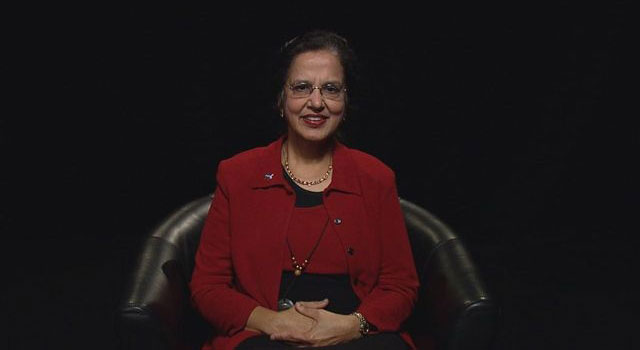
The Sky Belongs to All of Us
The Sky Belongs to All of Us -
Compton “Jim” Tucker, a senior scientist in the Earth Sciences Division at NASA’s Goddard Spaceflight Center, explains how researchers moved from studying vegetation in the field to looking at it from space.

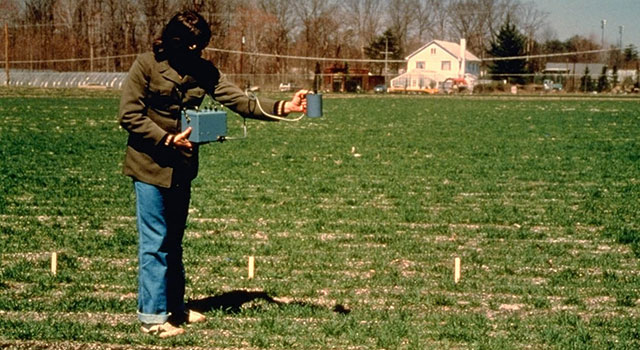
Notes from the Field, Looking at Chlorophyll from Space
Notes from the Field, Looking at Chlorophyll from Space -
University of Arizona astronomy professor Marcia J. Rieke, the principal investigator for the near-infrared camera (NIRCam) on the James Webb Space Telescope, describes her journey from proposal to opportunity as she goes from looking at space with 1 pixel arrays to the possibility of 4 megapixel arrays.

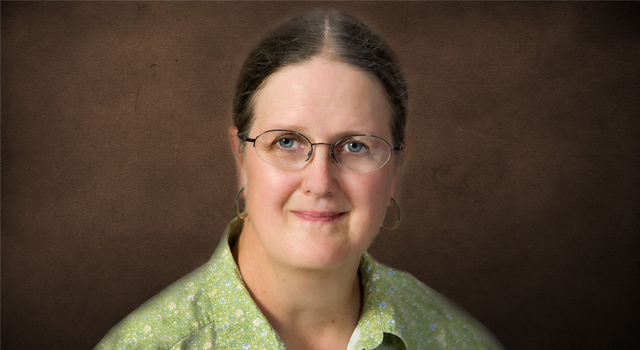
My NASA Experience
My NASA Experience -
Realizing that polar sea ice data from NASA missions in the 1960s and 1970s was, literally, disappearing, these scientists set out to manually scour more than 250,000 images. In something old, they also found something new.

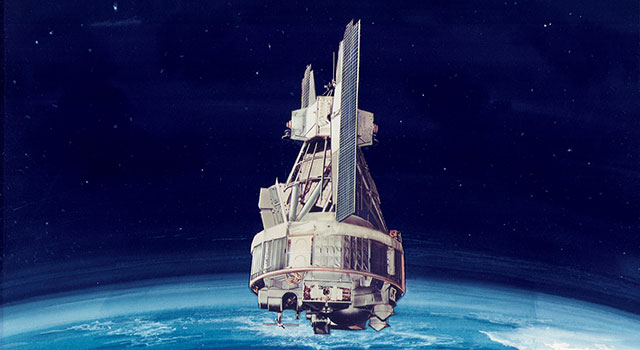
New Data From Old Satellites: A Nimbus Success Story
New Data From Old Satellites: A Nimbus Success Story -
On July 23, 1972 the first civilian satellite designed to image Earth’s land surfaces was launched from Vandenberg Air Force Base in California.

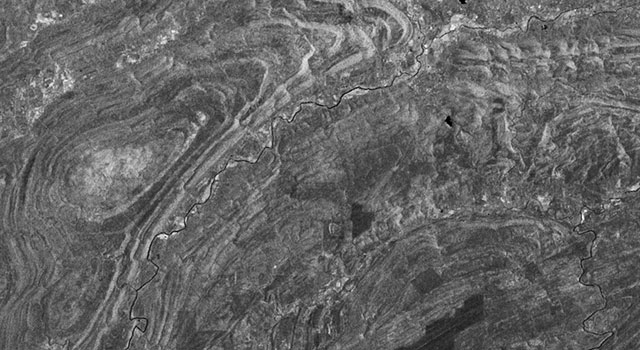
Peering Homeward, 1972
Peering Homeward, 1972 -
For more than four decades, NASA scientists have been studying the energy interactions between the Sun, clouds and Earth to understand their impact on climate, solar variability and ozone, among other things.


Earth’s Energy Budget
Earth’s Energy Budget: 42 Years of Measuring the Sun, Earth and the Energy in Between
